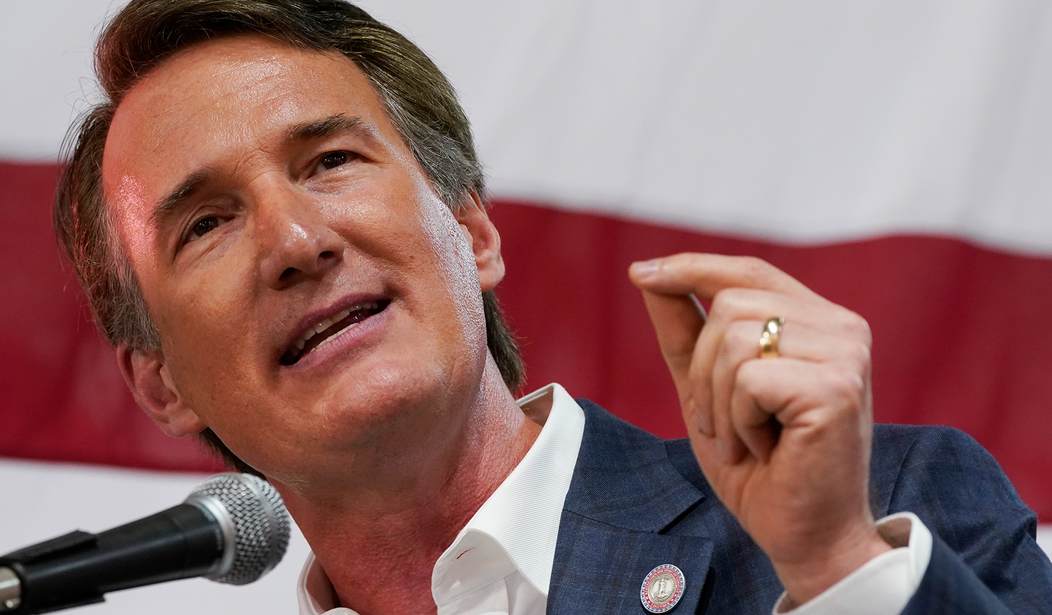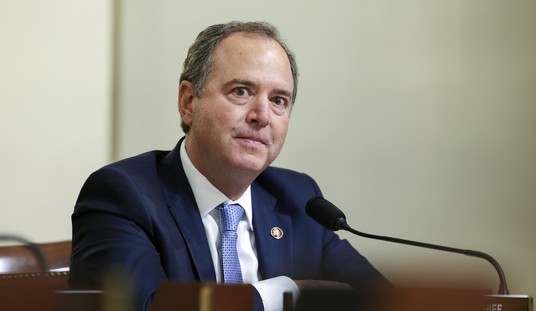During a CNN’s State of the Union appearance, Virginia Governor Glenn Youngkin touted his recently-unveiled 2022 Virginia Energy Plan.
"We have a great opportunity in Virginia to lead the nation in the development of small modular reactors and nuclear to provide base load power that's clean and reliable and affordable,” Youngkin said. “This is why common sense has to come back into this equation, we can't evacuate one of our strengths, which is the fact that we innovate in America.”
Nuclear energy, which accounts for 29% of Virginia's utility-scale electricity net generation, is the most reliable clean energy source given its reliable baseload.
Overall, it’s smart for Governor Youngkin to “go nuclear” and make the Commonwealth of Virginia a hub for it.
While nuclear energy is an important feature of Youngkin’s Energy Plan, it’s one of several focal points mentioned to help chart Virginia on a path to energy security.
Recommended
The 2022 Virginia Energy Plan boasts five guiding principles: reliability, affordability, innovation, competition, and environmental stewardship.
Per WalletHub, Virginia is ranked 15th in energy costs. The total energy costs–including monthly electricity, natural gas, motor fuel, and home-heating oil gas– come out to a whopping $514. That’s unsustainable for most Virginians. Thanks to the adoption of the Virginia Clean Economy Act, ratepayers are paying more for energy each month—with many already seeing steep rate increases reflected in their energy bills.
To those outside Virginia, Youngkin’s energy plan stands in contrast to the 2020 VCEA - known as our “Green New Deal.” The law goes all-in for unreliable renewables like solar and wind while dismissing natural gas and nuclear—which cumulatively account for 90% of electricity generated in the Commonwealth.
The plan sharply criticizes Northam’s hallmark “green” law for being extreme and short-sighted. And rightly so.
VCEA “introduced uncertainty into the Commonwealth’s energy landscape, placing additional costs on consumers and raising concerns regarding the reliability of the electrical grid, a historically strong aspect of Virginia’s energy system" the 35-page plan explained.
Although the Youngkin administration supports an all-of-the-above approach to energy development, it soundly rejected the VCEA’s net-zero goals – moving rapidly (or forcibly transitioning) to solar and wind – since it would undermine grid reliability.
“In addition to substantially raising costs, retiring baseload generation in favor of solar and wind will reduce Virginia’s electricity reliability,” the plan continued. “For example, nuclear is nearly three times more reliable than both wind and solar. As a result, the industrial world relies on continuous baseload generators such as natural gas, nuclear, and coal. Cost, technical concerns related to utility-scale storage, and transmission upgrades demand prudence before removing current baseload capacity.”
The document further explained limitations to solar and wind, noting battery storage requirement demands complicate their development:
At this time, solar and wind generation are affordable in many locations, but battery storage systems required to turn these generation sources into dispatchable energy are cost prohibitive. For example, current battery storage costs per MWh are more than four times more expensive than the cost per MWh produced by a solar generator on a Levelized basis.
‘While VCEA’s ambitions for carbon reduction appear laudable, they come with substantial future risk,” it continued. “VCEA’s mandates are an inflexible, 30-year determination with a prescribed route that currently cannot be delivered and do not contain any guidelines ensuring reasonable energy costs for Virginian consumers. Blindly complying with VCEA exposes Virginia families and businesses to outsized energy costs, risks the reliable delivery of energy, and closes Virginia to innovative energy sources and technologies.”
In addition to reevaluating the VCEA, the Youngkin administration is unchaining itself from California’s policy of phasing out gas-powered vehicles by 2035. A 2021 law passed in the General Assembly mandated Virginia follow the Golden State’s lead in abandoning gas-powered cars.
“To turn Virginia into California, liberal politicians who previously ran our government sold Virginia out by subjecting Virginia drivers to California vehicle laws. Now, under that pact, Virginians will be forced to adopt the California law that prohibits the sale of has and diesel-fueled vehicles. I am already at work to prevent this ridiculous edict from being forced on Virginians. California’s out-of-touch laws have no place in our Commonwealth,” Youngkin announced in August.
Electric vehicles only comprise 0.5% of Virginia’s 8.4 million vehicle fleet—just shy of 40,000 cars. So much for the hype. Even Washington Post columnist Charles Lane warned about them being unreliable following the January 2022 snowstorm.
Furthermore, the Virginia Energy Plan maps out a timely withdrawal from the flawed Regional Greenhouse Gas Initiative (RGGI) - an 11-state “regional carbon market” that forcibly imposes a carbon tax on both producers and ratepayers.
As I noted in the Virginian Pilot earlier this year, RGGI membership has a negligible impact on carbon emissions reductions:
The most notable problem with RGGI is its overall negligible impact on carbon emissions. In 2019, the Congressional Research Service observed that nine partner states “account for approximately 7% of U.S. CO2 emissions and 16% of U.S. gross domestic product” and called carbon emissions reductions “arguably negligible” at best.
When those numbers are broken down, it only accounts for a measly 1.4% of total U.S. emissions reductions. And even this reduction is largely attributable to the transition from coal to natural gas in the state.
From my initial gleaning of the report, it’s an appropriate solution to radical environmental policies former Governor Ralph Northam (D-VA) forced on us between 2020-2021.
While I disagree with its embrace of more unreliable solar and wind into our electric grid, I support the plan’s overall aims and think my fellow Virginians will too.























